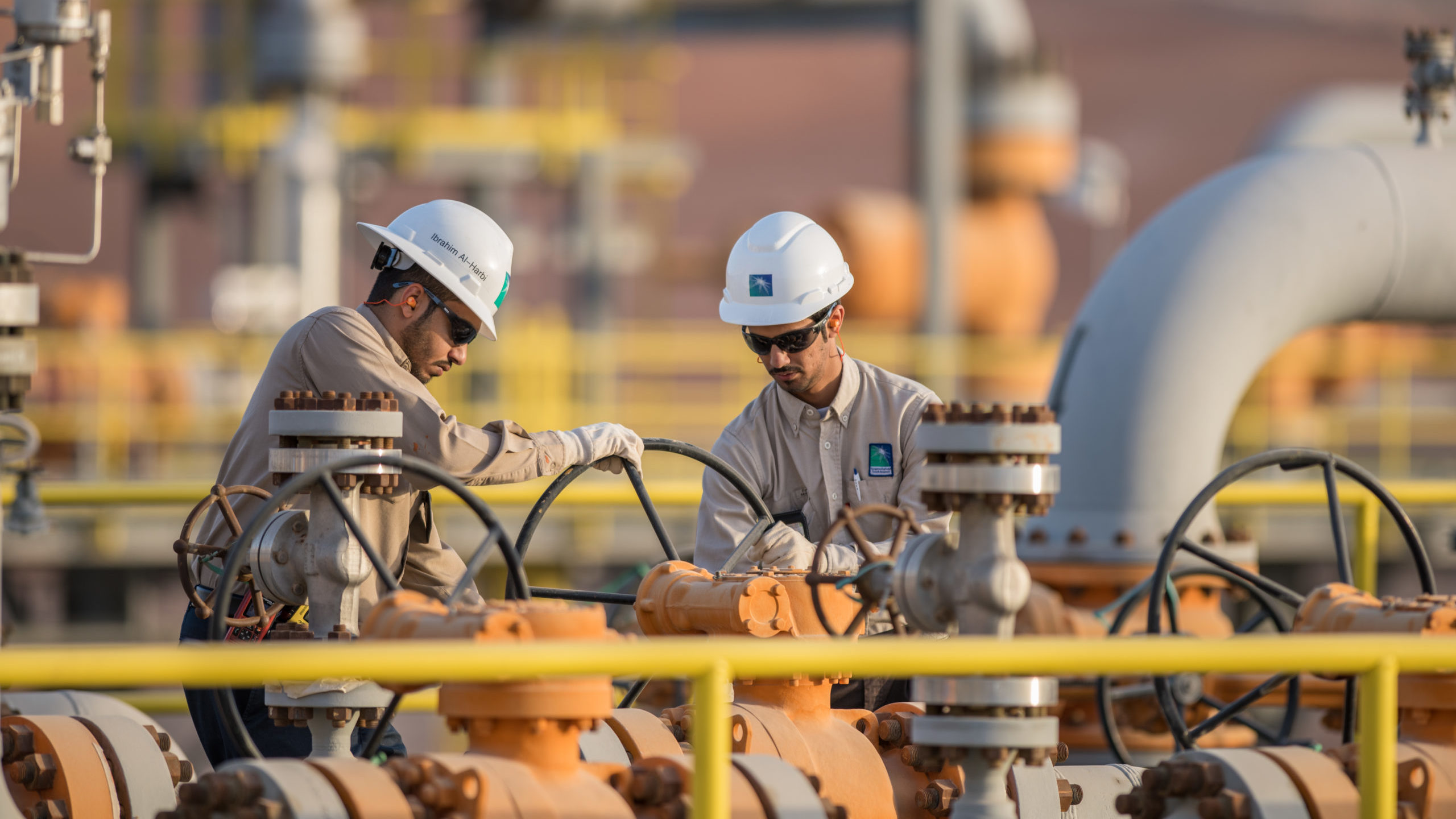
As Canada pushes forward with an emissions reduction strategy that threatens the viability of the country’s oil and gas industry, other nations around the world are proceeding with new major projects to ensure their oil and gas products are available to meet global demand for decades to come.
One of the latest is a huge oil-to-petrochemicals plant being built in China through a joint venture led by Saudi Aramco, which is primarily owned by the state of Saudi Arabia.
“Stronger ties with the world’s largest oil exporter enhance China’s energy security, especially as we work on increasing our production capacity to 13 million barrels per day,” Aramco senior vice-president Mohammed Al Qahtani said during a June economic summit in China’s Shandong Province.
Giant Petrochemical Plant
The 300,000 barrel per day complex is one of several of its kind underway around the world as demand for petrochemical products is expected to nearly double by 2040.
“It’s massive in nature, the new incremental demand that’s going to come on,” says Phil Skolnick, New York-based energy analyst with Eight Capital.
By 2025, new global oil-to-petrochemicals plants are expected to consume up to 2.8 million barrels of oil per day. About 1.1 million barrels per day of this will be medium-heavy oil like grades produced in Canada.
Opportunity for Canada
Saudi Arabia is working to reduce its reliance on U.S. markets, Skolnick says.
“There’s a lot of heavy oil in the Middle East. Saudi Arabia has heavy oil and medium oil, so they’re finding a new home for it beyond just the U.S. Gulf Coast. They’re looking to diversify away from that,” Skolnick says.
That brings the opportunity home to Canada. Refineries on the U.S. Gulf Coast are the second largest consumers of Canadian oil, after refineries in Midwest states like Ohio, Michigan, Indiana and Illinois.
U.S. oil consumption is expected to continue growing even as more renewable energy comes online, reaching almost 19 million barrels per day in 2050 compared to 17 million barrels per day in 2021, according to the U.S. Energy Information Administration.
“Once this refinery comes online, or any new refineries come online, that’s just more of a void for Canada to fill in the U.S.,” Skolnick says.
But according to industry analysis, the federal government’s plan to cut oil and gas emissions by 42 per cent by 2030 will almost certainly require production cuts. This will prevent Canadian oil and gas producers from reaching the U.S. market or any other.
It won’t change global demand for oil and gas or reduce global emissions; it will just leave it up to other suppliers – like Saudia Arabia and Russia – to increase supply.
Russia Continues Massive Vostok Oil Project
Russia is building one of the largest oil projects the world has ever seen. State-owned Rosneft continues to advance its massive $170 billion Vostok project despite the geopolitical fallout from Russia’s invasion of Ukraine.
“The project is alive and is developing in accordance with plans, and we have full confidence that it will be completed,” Rosneft CEO Igor Sechin said on June 18, according to The Barents Observer.
Vostok is expected to export about 600,000 barrels of oil per day by 2024 along the Northern Sea Route to Asia. This will rise to two million barrels per day when the second phase is completed.
Sechin said it is “the only project in the world that can bring a stabilizing effect on the oil market.”
This June, the International Energy Forum issued a “red alert” for world energy markets, warning that ongoing underinvestment in new supply will bring energy shortages, higher prices and increased volatility into the future.
Today the situation in Europe is increasingly critical as countries seek to reduce dependence on Russian natural gas as soon as possible.
Critical Situation for Natural Gas
Germany, which currently has no liquefied natural gas (LNG) import infrastructure, is building five new floating LNG terminals and two onshore terminals. The first are expected to go into service before the end of this year.
Even before Russia’s invasion of Ukraine, a shortage of LNG was forecast by the mid-2020s. Total world LNG demand is expected to double between 2020 and 2040, reaching 700 million tonnes per year, according to Shell’s most recent outlook.
Qatar, one of the world’s largest LNG suppliers, is ramping up capacity to meet increased demand. Qatar is building the largest LNG project in the world. The US$29 billion North Field East Expansion will increase the country’s LNG export capacity to 110 million tonnes per year, from 77 million tonnes per year.
Qatar plans to add a second phase to further increase capacity to 126 million tonnes per year. Partners now include Shell, TotalEnergies, Exxon Mobil, ConocoPhillips and Eni.
Opportunity for Canada
Put in context, the LNG Canada project under construction at Kitimat, B.C. – Canada’s first – will have capacity to export 14 million tonnes per year.
A conservative expansion of Canada’s LNG industry could add 96,550 direct, indirect and induced jobs annually across the country annually between 2020 and 2064, according to the Conference Board of Canada.
But Ottawa’s aggressive emissions reduction plan risks the future of more Canadian LNG. Consultations on the strategy will be open until September 2022.
The unaltered reproduction of this content is free of charge with attribution to Canadian Energy Centre Ltd.